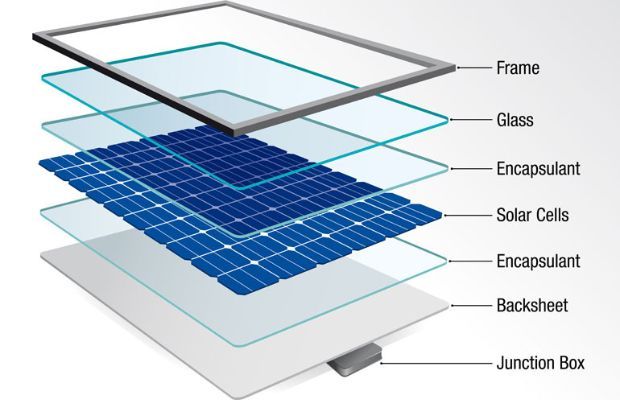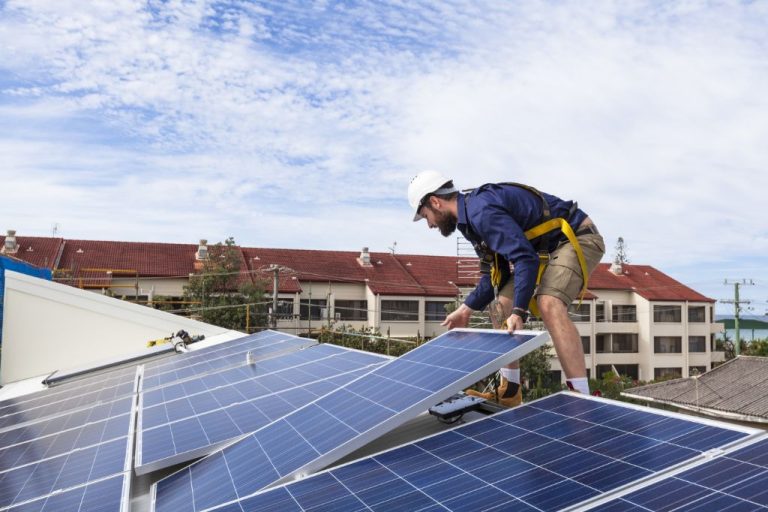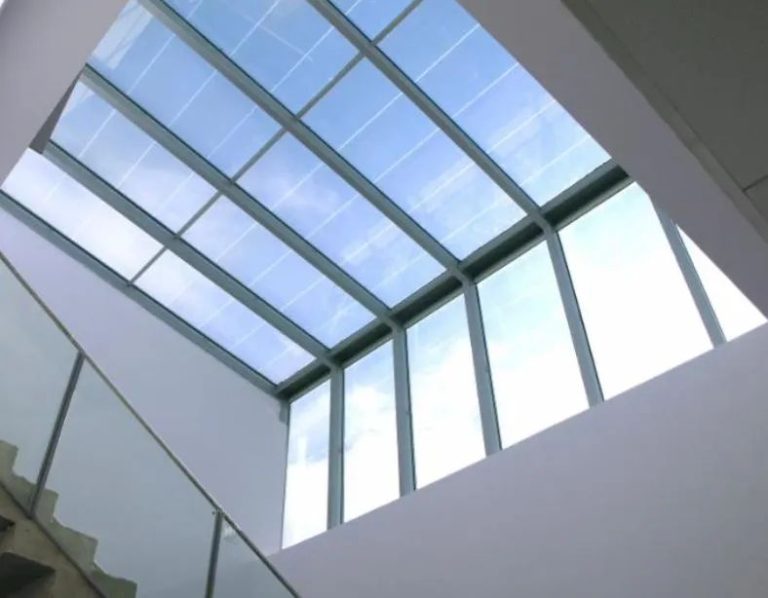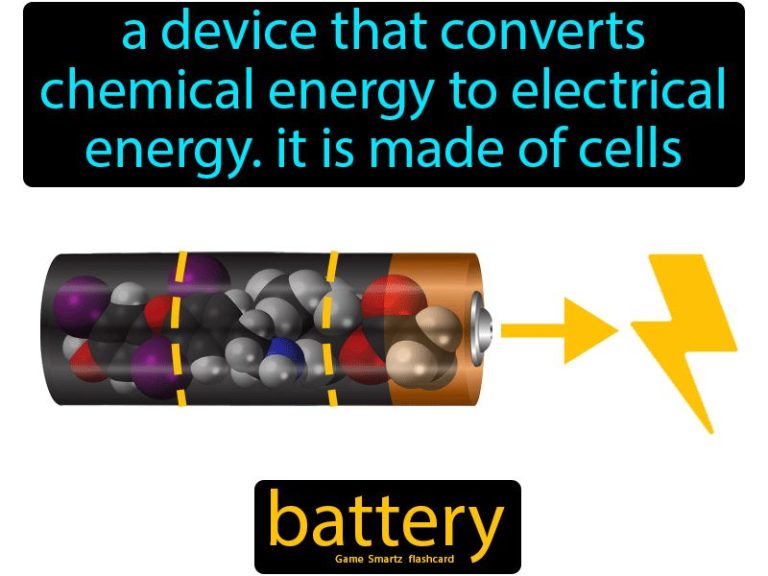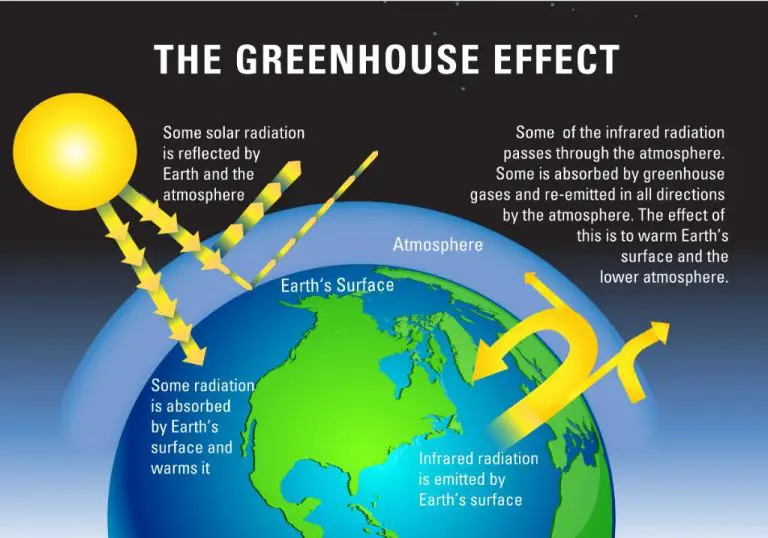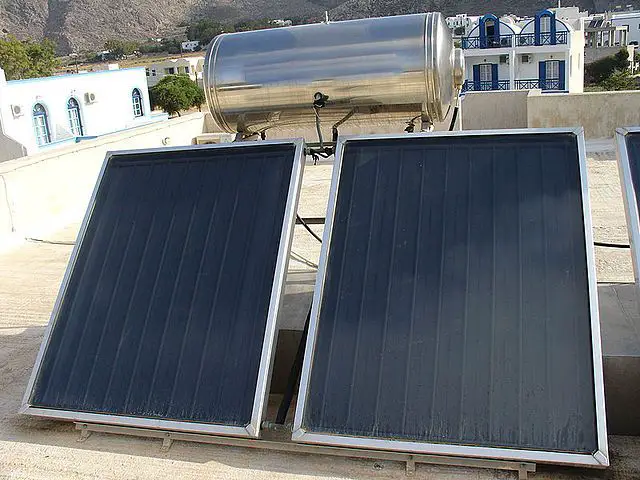Can Heavy Rain Damage Solar Panels?
With the rise in popularity of residential solar panels, many homeowners wonder how extreme weather will impact their systems. In particular, heavy rain is a common concern. Research shows that over 85 million solar panels were installed in American homes as of 2022, producing over 30 gigawatts of electricity. But can the pitter patter of raindrops actually damage these panels?
While solar panels are designed to withstand normal rainfall, extremely heavy downpours do pose a risk. Let’s explore the effects of heavy rain on solar panels, including potential damage mechanisms, preventative measures, and best practices for maintenance.
How Do Solar Panels Work?
Solar panels work through the photovoltaic effect, which allows them to convert sunlight into electricity. Photovoltaic solar panels are made up of silicon cells that are specially treated to form an electric field. When sunlight hits these silicon cells, the photons from the light knock electrons loose from the atoms in the cells. The flow of these electrons generates an electric current that can then be captured and used to power electrical devices and appliances.
The silicon cells are wired together in panels to produce higher voltages. These panels contain the diodes and connectors needed to channel the electricity they generate. Multiple panels can be linked together to form an array that can produce enough power for an entire building.
Photovoltaic panels produce direct current (DC) electricity that needs to be converted into alternating current (AC) to power most household devices. This is done through an inverter, which changes the electric current from DC to AC.
Can Rain Damage Solar Panels?
In general, rain does not damage solar panels. Solar panels are designed to withstand normal precipitation and are typically rated as waterproof. According to Holuhou, solar panels can handle about an inch of rainwater per hour. As long as the rain is not extremely heavy, the panels are engineered so that water runs off without causing any issues.
Solar panel components are housed within protective casing that seals out moisture. The glass covering solar cells is water-resistant. Raindrops slip right off the tilted surface without lingering. According to experts on Quora, solar panels operate just fine in the rain and even light snow since the water doesn’t stick. In fact, solar panels have been tested to handle up to 100 inches of rain per hour.
So during regular rainfall, there is no need to worry about damage. The water will just slide off the exterior glass protecting the solar cells. As long as it’s not a torrential downpour, rain hitting solar panels directly does not hurt their performance.
Heavy Rain and Solar Panels
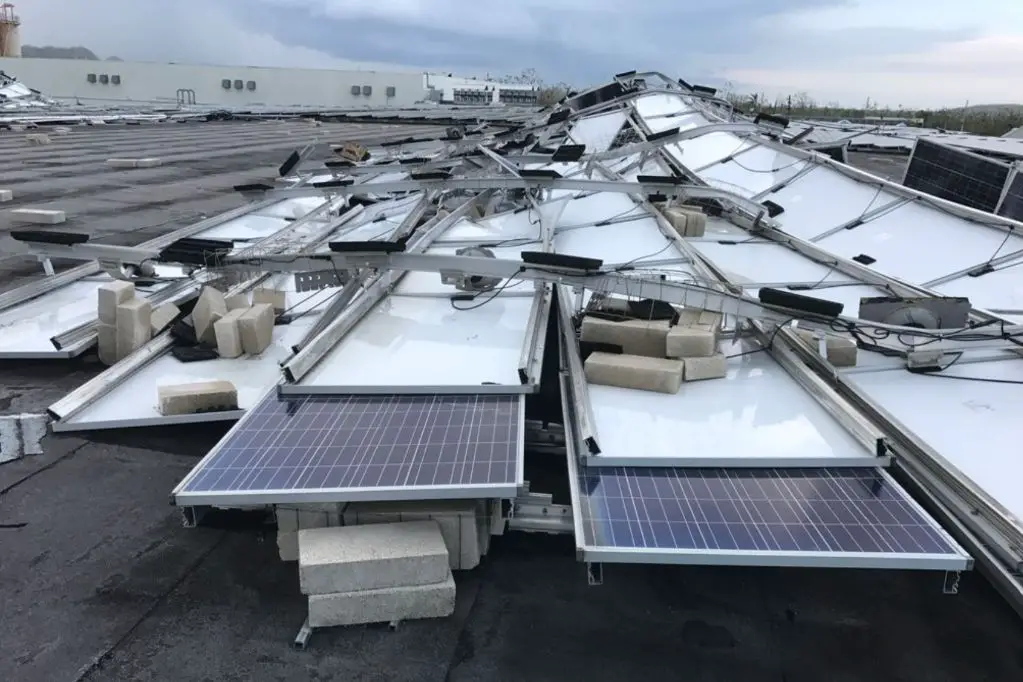
Heavy rain generally does not damage solar panels directly. Solar panels are designed to withstand extreme weather conditions, including heavy rain. The glass covering on solar panels is waterproof and prevents moisture from penetrating inside the panel (https://www.anker.com/collections/solar-panel-waterproof).
However, heavy rain can potentially cause some indirect damage to solar panels if certain conditions are met. Prolonged heavy rainfall can lead to pooling or puddling of water on the solar panels, especially if they are installed flat on rooftops. This pooled water can cover the panels, blocking sunlight from reaching the cells and reducing power output. Additionally, heavy rain can blow debris onto the panels, which could potentially scratch or crack the glass if the impact is hard enough.
In general, solar panels are incredibly durable and built to handle rain, even very heavy rain. But situations like pooled water from heavy rainfall or damage from blowing debris show how heavy rain could potentially lead to solar panel damage over time if left unaddressed (https://www.elite-roofs.com/solar-panels-in-hail-storm/). With proper installation that allows drainage and regular maintenance to clear debris, heavy rain is very unlikely to cause any problems for solar panel systems.
Main Causes of Rain Damage
Heavy rain can potentially damage solar panels in a few key ways:
Water pooling on panels – If water pools and puddles on solar panels instead of running off, it can cause several issues. The water can block sunlight from reaching the photovoltaic cells, reducing energy production. Pooling water can also promote corrosion, mold growth, and damage protective coatings on the panels over time. Additionally, pooled water may freeze into ice in cold conditions, adding weight and stress that could crack glass panels.
Hail – Strong hailstorms can dent aluminum solar panel frames and crack or shatter glass coverings and solar cells. Even small hailstones traveling at high speeds can chip and pit the surface, reducing efficiency. Large hailstones (1 inch or bigger) can cause severe damage, especially to thinner crystalline silicon panels. Hail damage will usually require panel replacement.
High winds – Gusty winds and storms can apply extra stress and pressure on solar array mounts and frames. In extreme winds, an entire solar panel could become detached and act as a “sail” in the wind, adding dangerous forces that could damage the array. Wind-borne debris kicked up in a storm could also shatter glass coverings.
Preventing Rain Damage
There are several steps that can be taken to protect solar panels from rain damage. Proper mounting, angling, and drainage are key factors. Solar panels should be securely mounted and angled to allow water to run off easily. An angle of 10-15 degrees is commonly recommended to facilitate drainage while maximizing sunlight exposure (https://www.roofingcontractor.com/articles/98920-how-to-prevent-severe-weather-damage-to-solar-panels ).
Panels mounted flat or horizontal are more prone to water pooling and damage. Allowing ample space between rows of panels also improves airflow and drainage. Any debris on the panels should be cleared to prevent blockages. Routing water off the roof safely is critical as well. Gutters, downspouts, and proper roofing materials facilitate drainage. Flashing around panel mounting equipment should be checked for leaks. Adequate spacing from the roof’s edge is advised to prevent runoff from dripping and freezing along the eaves in cold weather. Proper mounting, angling, and drainage preparations can significantly reduce the risks of rain damage to solar panels.
Detecting and Repairing Rain Damage
There are a few signs that may indicate your solar panels have been damaged by heavy rain. The most obvious is visible cracks or broken panels, which can leak water into the interior electronics. You may also notice reduced energy production, sparking, or other electrical issues if water has seeped into the wiring. Some panels may show corrosion, discoloration or degradation of the tempered glass surface from water exposure over time.
If you suspect rain damage, the first step is to visually inspect all solar panels and mounting equipment for any broken components or obvious signs of water intrusion. Use a soft cloth or brush to gently clean any dirt or debris off the panels, but avoid using harsh chemicals or anything abrasive. Check the underside of panels as well. Consult your installer or solar company if you notice any cracked glass, broken seals, damage to cells, or loss of performance. They can assess if repairs or full panel replacement is needed.
The cost to repair rain-damaged solar panels varies greatly based on the extent of damage and number of panels affected. Minor glass cracks may cost $100-300 per panel to seal and repair. More significant damage like broken glass, flooded electronics or dented aluminum frames can cost $300-800 per panel. Full panel replacement averages $250-350 per panel. Consult multiple solar companies to compare quotes for your particular damage. Work with your home insurer as well, as solar panel damage may be covered under your homeowners’ policy.
Sources:
https://www.forbes.com/home-improvement/solar/damaged-solar-panels/
https://hubpages.com/technology/fix_broken_solar_panels
Other Weather Risks
In addition to heavy rain, solar panels can also be impacted by other extreme weather conditions like snow, storms, and extreme temperatures (source):
Heavy snowfall can cover solar panels and prevent them from absorbing sunlight. As snow accumulates, the weight can also cause mechanical damage or cause panels to collapse if they are not sturdy enough. Most solar panel manufacturers test snow load capacity up to 5400 Pa, but extreme snow can exceed this in some areas.
Powerful winds from storms, hurricanes, or tornadoes can potentially blow solar panels off rooftops if they are not mounted and attached securely. Wind-induced vibration can also loosen components over time. Wind load ratings generally range from 1300 to 2400 Pa for most panels.
In very hot climates, solar panels can get hot enough to lose some efficiency at extreme temperatures above 77°C. However, panels are typically rated up to 85°C and can withstand short periods of heat beyond this. In cold climates, snow and ice accumulation requires regular maintenance to clear panels and prevent any damage.
While solar panels are resilient to these weather risks with proper installation and maintenance, extreme events can pose challenges. Regular inspection, repair of any damage, and preventative steps to mitigate risks will help maximize solar panel lifetime and performance.
Regular Solar Panel Maintenance
Performing regular maintenance and inspections is critical for maximizing solar panel efficiency and lifespan. Solar panels exposed to the elements day after day require proactive care and upkeep. According to CalforniaSolarGuys.com’s guide on solar panel maintenance, inspecting connections, cleaning panels, and checking system components every 3-6 months is recommended.
During maintenance checks, look for any damage, debris buildup, wildlife intrusion, or other issues. Check electrical wiring and connections for damage or corrosion. Inspect mounts and frames for stability. Look for cracked or broken panels, and replace individual panels as needed. Remove any dirt, bird droppings, leaves, or other debris on panels using water and soft brushes or microfiber cloths (Energy5).
Routine maintenance allows for preventative repairs and troubleshooting before small issues cause system failures. For commercial installations, a monthly walkthrough inspection is ideal. Keep a maintenance log to track issues over time. Major solar panel manufacturers recommend a professional preventative maintenance check at least once per year. Proper maintenance maximizes solar panel lifespan, typically 25+ years.
Conclusion
In conclusion, while rain itself does not usually damage solar panels, heavy rain can potentially cause issues through flooding, debris damage, and short circuits. The main risks come from accumulated debris, vegetation, dirt or excessive snow weighing panels down, and water ingress into the electrical components. Preventative measures like panel coatings, proper mounting and drainage angles, regular cleaning and inspections, lightning rods and surge protectors can help minimize heavy rain risks. Quickly addressing any damage, wear and tear through an annual checkup and tuning can also reduce longer-term heavy rain impacts. With proper installation and maintenance, most solar PV systems can withstand all but the most extreme weather events.
In summary, heavy rain does not intrinsically harm solar panels, but steps should be taken to avoid associated secondary damage. Follow best practices in solar panel mounting, drainage, protective coatings and regular maintenance to keep your system functioning smoothly even in stormy weather.

